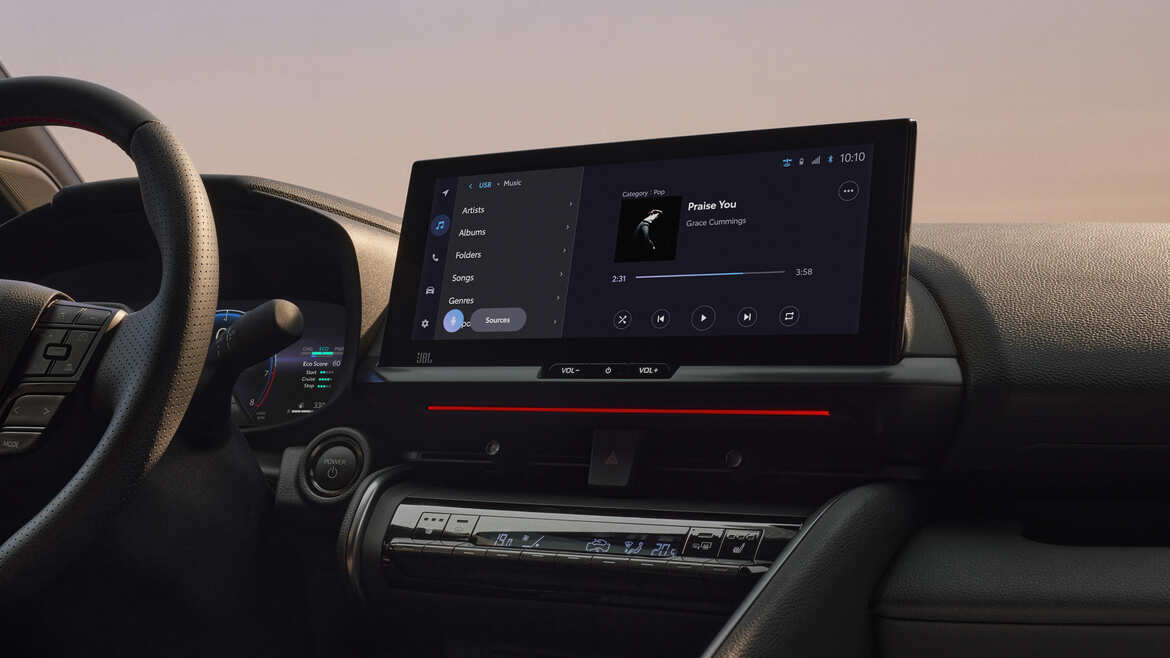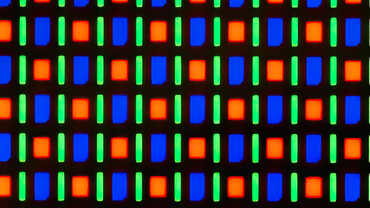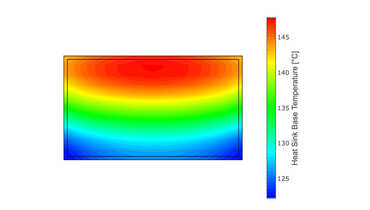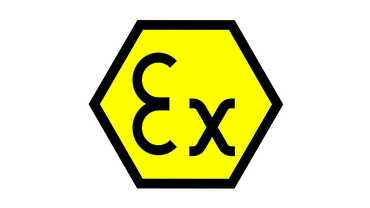Imagine buying a brand-new car and soon finding out that a crucial component costs nearly 30% the car's price to replace. No! It is not the engine what I am talking about is the touch screen. This isn’t a rare incident but a growing issue in the automotive industry that the display touch module is failing. At Interelectronix, we see these problems up close and understand their impact on consumer. Our experience in the sector gives us a unique perspective on why the overuse of touchscreen technology in cars is a problem that needs addressing and especially the ultra high cost for touch screen display spare parts.
The Unsustainable Cost of Touchscreen Repairs
A friend of mine, who works at a car repair shop, recently shared a shocking story. They had to replace the central OLED touch display of a $40,000 hybrid car. The cost? A jaw-dropping $15,000. Now, imagine if the car had a full dashboard with three displays. The cost of replacing all those screens could easily exceed $45,000. How does this make sense for consumers? Think of the car is 4 years old and the main touch screen is broken means the car is a total loss.
Touchscreens offer great convenience, but when they break, the repair costs are often exorbitant. This isn't an isolated case but a symptom of a bigger issue. The touch display replacement costs are disproportionately high compared to the car's overall value, creating a significant burden for car owners.

Engineering for Repairability
In the past, car manufacturers used high-quality, smaller displays that lasted longer and were less prone to damage. Today, the trend is towards larger screens, but the quality hasn't kept up. This leads to a shorter lifespan for these components, which affects the car’s overall durability.
What's more concerning is that these screens are often not engineered for easy repair. Instead of designing touchscreens and other components to be easily replaceable or repairable at a reasonable cost, manufacturers have created systems that are complex and expensive to fix. This lack of repairability not only frustrates consumers but also adds to the growing problem of electronic waste.
A Call for Reasonable Spare Part Costs
The automotive industry must acknowledge the need for reasonably priced display spare parts. While integrating new technologies is essential, it shouldn’t come with exorbitant repair costs. Car manufacturers need to adopt practices that ensure touchscreens and LCD displays can be replaced at a reasonable cost.
This means designing components that are easier to repair and ensuring that spare parts are affordable. Transparency is also crucial. Car makers should clearly communicate the potential costs and lifespan of these components. Without this, consumers face unexpected financial burdens.









